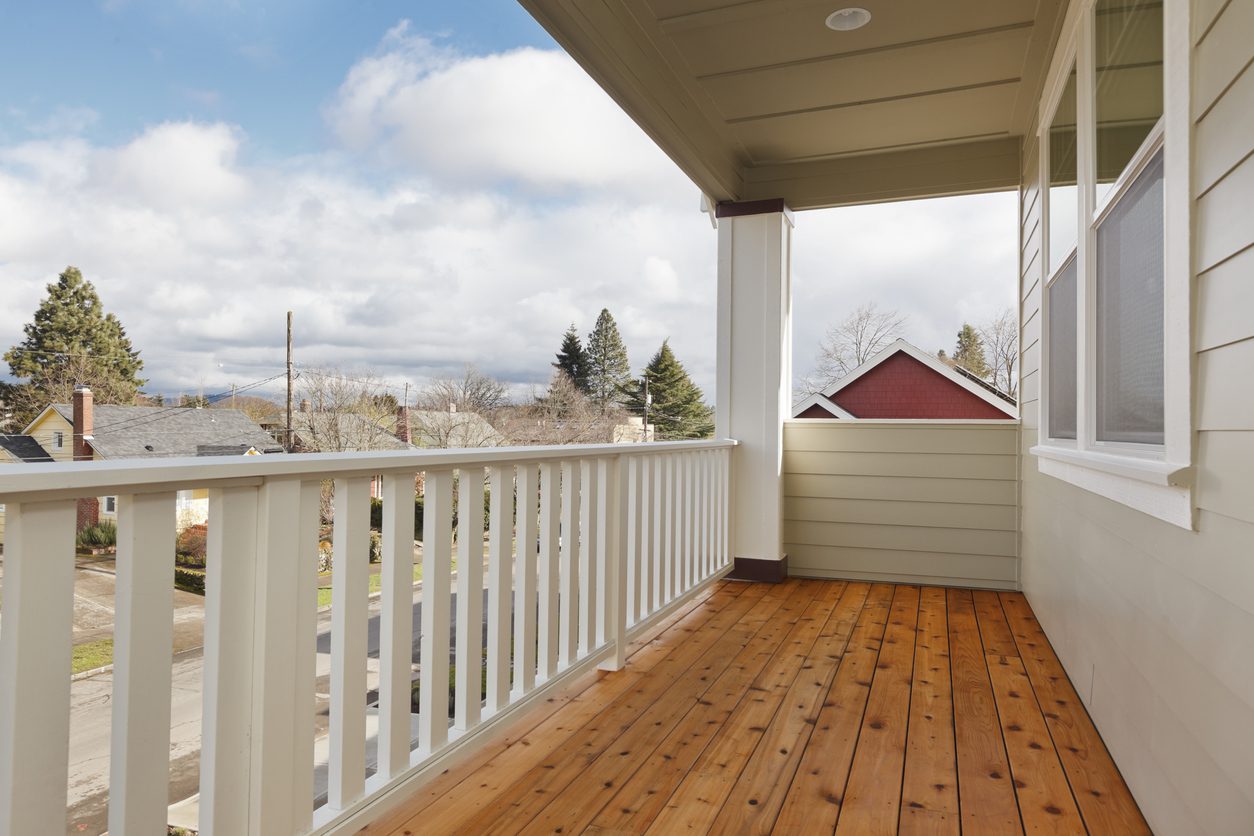When planning a deck or outdoor project, one of the first considerations is cost, and cedar wood is often seen as a premium option. But how does it compare to the more common and affordable pressure-treated pine? Let’s dive into the price difference and evaluate the pros and cons of each material.
Price Comparison
A standard 5/4x6x8′ pressure-treated pine deck board costs around $8 per board, making it one of the most economical choices for decking. By contrast, a 5/4x6x8′ cedar wood deck board sells for approximately $25 per board, over three times the cost of its pressure-treated counterpart.
This stark price difference reflects the qualities of cedar, including its natural beauty, resistance to rot, and lack of chemical treatments, but also underscores why budget-conscious homeowners might lean toward pressure-treated pine.
Pros and Cons of Cedar Wood
Pros:
- Natural Beauty: Cedar boasts a rich, warm tone with beautiful grain patterns, making it a top choice for projects where aesthetics matter.
- Rot and Decay Resistance: Cedar naturally resists rot, decay, and insect damage without needing chemical treatments.
- Environmentally Friendly: It’s chemical-free, making it safer choice for the environment and more sustainable than treated wood.
- Lightweight and Easy to Work With: Cedar is lighter than pressure-treated pine, making it easier to cut and install.
- Longer Lifespan in Proper Conditions: If maintained properly, cedar can last many years.
Cons:
- Higher Cost: Cedar’s price point can be prohibitive, particularly for large projects.
- Requires Regular Maintenance: To maintain its natural beauty and durability, cedar needs sealing or staining every 1-2 years.
- Softer Wood: Cedar is more prone to scratches, dents, and damage than pressure-treated pine.
- Shorter Lifespan in Harsh Conditions: In very wet or humid climates, cedar may not last as long as pressure-treated wood unless meticulously maintained.
Pros and Cons of Pressure-Treated Pine
Pros:
- Cost-Effective: At only $8 per board, pressure-treated pine is one of the most affordable decking options.
- Widely Available: It’s easy to find in various lengths and sizes, making it a go-to choice for many homeowners.
- Durable Against Rot and Pests: Treated with preservatives, pressure-treated pine resists rot and insect damage effectively.
Cons:
- Chemical Treatments: Pressure-treated wood contains chemicals, which can leach into the environment or cause concerns for those with young children or pets.
- Prone to Warping and Splitting: Over time, untreated ends or improper maintenance can lead to warping and cracks.
- Less Attractive Appearance: The greenish tint and grain of pressure-treated pine aren’t as visually appealing as cedar’s natural beauty.
- Requires Maintenance: Although durable, it still needs regular staining or sealing to prevent wear and tear.
- Lifespan: The newer treatments don’t last as long as the old treatment which contained arsenic. Some homeowners have seen the new pressure treated rot in as little as 5-10 years.
Which Should You Choose?
Choose Cedar Wood If:
- You prioritize aesthetics and want a naturally beautiful, chemical-free deck.
- Your project budget allows for a higher upfront investment.
- You’re committed to regular maintenance to extend its lifespan.
Choose Pressure-Treated Pine If:
- You’re working with a tighter budget.
- Durability and affordability are more important than appearance.
- You’re building a deck in a humid or wet environment where rot resistance is crucial.
Conclusion
While cedar wood is undeniably more expensive than pressure-treated pine, it offers unmatched natural beauty and a chemical-free alternative. However, for budget-conscious homeowners or those seeking durability with minimal investment, pressure-treated pine remains a practical choice. Carefully weigh the cost and benefits of each material to make the best decision for your decking or outdoor project.
